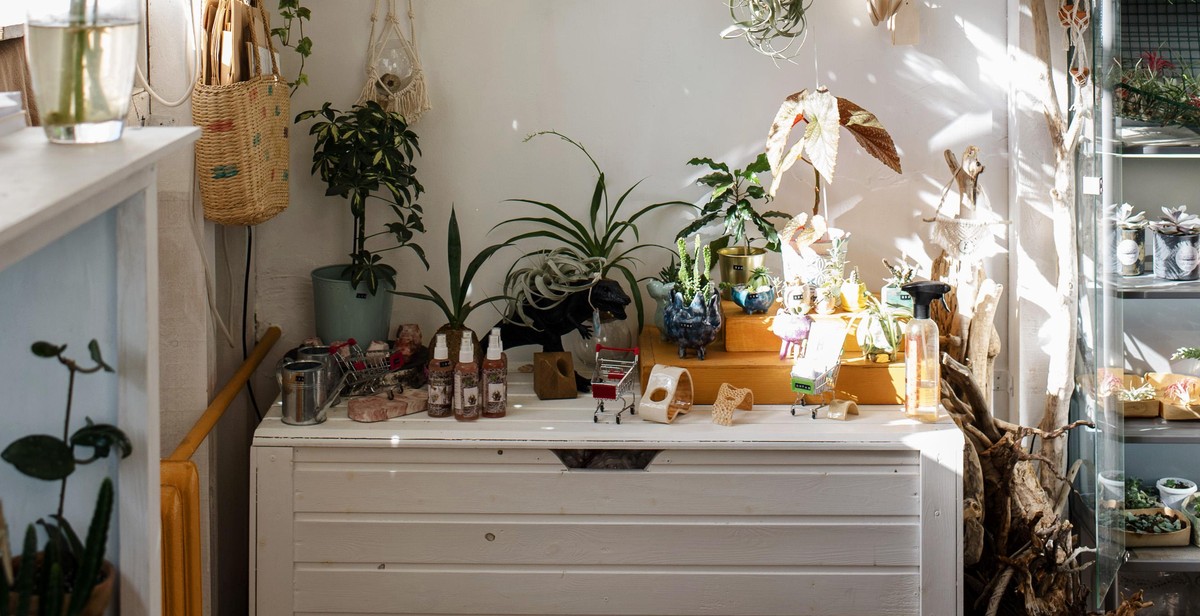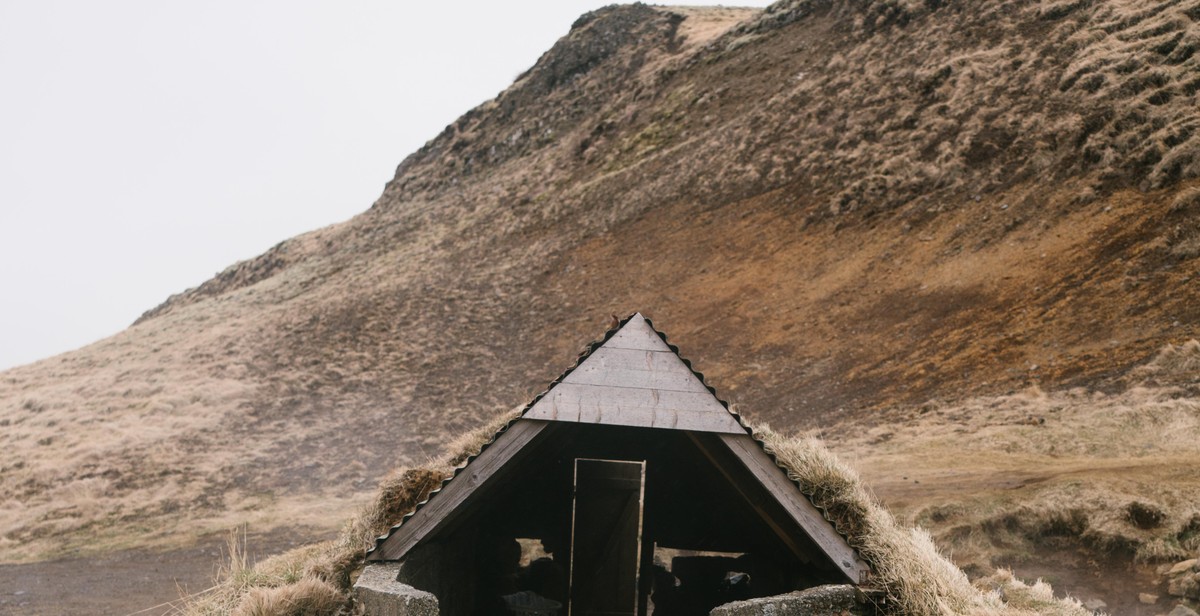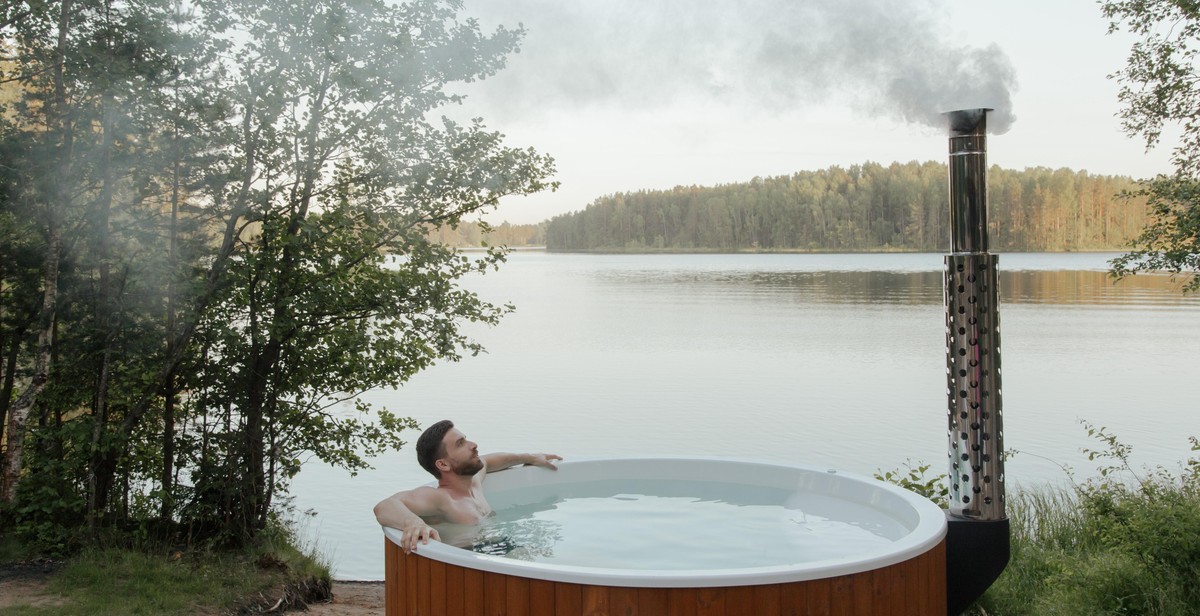Introduction: How to Design an Outdoor Living Space
Designing an outdoor living space can transform your backyard into a functional and relaxing oasis. A well-designed outdoor living space can provide a space for entertaining guests, relaxing with family, and enjoying the beauty of nature. With proper planning and design, you can create a comfortable and inviting space that complements your home’s style and meets your specific needs.
Why Designing an Outdoor Living Space is Important
Designing an outdoor living space is not just about creating a beautiful space, but also about improving your quality of life. Spending time outdoors has been shown to have numerous health benefits, such as reducing stress and improving mood. Additionally, an outdoor living space can add value to your home and increase your living space without the need for expensive renovations.
Whether you want to create a space for outdoor dining, relaxation, or entertaining, designing an outdoor living space requires careful consideration of your needs, budget, and available space. From choosing the right materials and furnishings to incorporating landscaping features, there are many factors to consider when designing your outdoor oasis.
In this article, we will explore how to design an outdoor living space that is both functional and relaxing, and that meets your specific needs and style preferences. We will cover everything from planning and design to choosing the right materials and furnishings, so you can create the perfect outdoor living space for your home.

Step 1: Plan and Assess
Designing an outdoor living space is an exciting project that can transform your backyard into a functional and relaxing oasis. However, before you start buying furniture and plants, it’s important to plan and assess your space to ensure that you create a space that meets your needs and suits your lifestyle.
Consider Your Lifestyle and Needs
The first step in designing your outdoor living space is to consider your lifestyle and needs. Think about how you will be using the space and what activities you want to do outdoors. Do you want to entertain guests, have a space for your children to play, or simply relax and enjoy the fresh air? Understanding your needs will help you determine what features and elements to include in your design.
Assess Your Space and Environment
Assessing your space and environment is the next step in creating your outdoor living space. Take a look at your backyard and consider its size, shape, and features such as trees, slopes, and water features. Also, consider the climate and weather patterns in your area. Understanding your space and environment will help you determine the best layout, materials, and plants to use in your design.
Determine Your Budget
Determining your budget is an essential step in designing your outdoor living space. Setting a budget will help you prioritize your needs and wants, and ensure that you don’t overspend. Consider the cost of materials, furniture, plants, and any professional services you may need. It’s important to be realistic about your budget and to plan accordingly.
By taking the time to plan and assess your space, you can create an outdoor living space that meets your needs, suits your lifestyle, and enhances your home’s value and curb appeal.

Step 2: Create a Layout
Once you have determined the purpose and style of your outdoor living space, the next step is to create a layout that maximizes its functionality and relaxation potential. Here are some key factors to consider:
Determine the Best Location for Your Outdoor Living Space
The first step in creating a layout is to determine the best location for your outdoor living space. Consider factors such as privacy, sunlight, and views. You may want to create an outdoor living space that is close to your indoor living area for easy access, or you may prefer a more secluded location for a quiet retreat.
Create Zones for Different Activities
Creating zones for different activities is essential for maximizing the functionality of your outdoor living space. Consider how you will use the space and divide it into zones accordingly. For example, you may want to create a dining area, a lounge area, and a play area for children. Make sure each zone is clearly defined and has enough space to accommodate the intended activities.
Consider Traffic Flow and Accessibility
Another important factor to consider when creating a layout is traffic flow and accessibility. Make sure there is enough space for people to move around comfortably and that the layout allows for easy access to each zone. If you plan to entertain guests, make sure the layout accommodates the number of people you expect to host.
Overall, creating a layout for your outdoor living space is an important step that will help you maximize its functionality and relaxation potential. By considering factors such as location, zones, traffic flow, and accessibility, you can create an outdoor oasis that you and your family will enjoy for years to come.

Step 3: Choose Your Materials
Choosing the right materials for your outdoor living space is crucial for creating a functional and relaxing oasis that will last for years to come. Here are some factors to consider when selecting materials:
Select Durable and Weather-Resistant Materials
Your outdoor living space will be exposed to the elements, so it’s important to choose materials that can withstand rain, wind, and sunlight. Look for materials that are specifically designed for outdoor use, such as treated wood, metal, or synthetic materials like resin or polyethylene.
Consider Maintenance and Longevity
While it’s tempting to choose materials based solely on their appearance, it’s important to think about maintenance and longevity. Some materials may require more upkeep than others, while some may have a shorter lifespan. Consider how much time and effort you’re willing to put into maintaining your outdoor living space, and choose materials accordingly.
Choose Materials That Complement Your Home’s Aesthetic
Your outdoor living space should feel like an extension of your home, so it’s important to choose materials that complement your home’s aesthetic. Consider the style and color of your home, as well as any existing landscaping or hardscaping features. You want your outdoor living space to feel cohesive and integrated with the rest of your property.
- Examples of durable and weather-resistant materials:
- Treated wood
- Metal (e.g. aluminum, steel)
- Resin
- Polyethylene
Remember, choosing the right materials is essential for creating a functional and relaxing outdoor living space that you’ll enjoy for years to come. Take the time to research and select materials that meet your needs and complement your home’s aesthetic.

Step 4: Add Comfort and Functionality
After selecting a theme and defining the layout of your outdoor living space, the next step is to add comfort and functionality to your oasis. Here are some tips:
Select Comfortable and Stylish Furniture
Outdoor furniture should be both comfortable and stylish. Choose furniture made from durable materials that can withstand the elements. Consider a mix of seating options, such as chairs, sofas, and benches, to accommodate different activities and group sizes. Add cushions, pillows, and outdoor rugs to create a cozy and inviting atmosphere.
Incorporate Shade and Lighting
Shade and lighting are essential elements for any outdoor living space. Install a pergola, awning, or umbrella to provide shade and protection from the sun. Use outdoor lighting to create ambiance and extend the use of your space into the evening. Consider string lights, lanterns, and torches to add warmth and create a cozy atmosphere.
Add Outdoor Cooking and Dining Features
No outdoor living space is complete without cooking and dining features. Consider adding a grill, smoker, or outdoor kitchen to your space. Incorporate a dining table and chairs to enjoy meals outdoors. Don’t forget to add a bar or beverage station for entertaining.
By following these tips, you can create a functional and relaxing outdoor living space that you and your guests will enjoy for years to come.

Step 5: Add Personal Touches
Now that you’ve created a functional and relaxing outdoor living space, it’s time to add some personal touches that reflect your style and taste. Here are some ideas to help you get started:
Incorporate Your Personal Style and Taste
When it comes to designing your outdoor living space, it’s important to incorporate your personal style and taste. Whether you prefer a modern, minimalist look or a more traditional style, there are plenty of options to choose from. Consider adding outdoor furniture and decor that reflects your personality and complements the overall design of your space.
Add Art and Decorative Elements
Art and decorative elements can add a unique touch to your outdoor living space. Consider adding colorful throw pillows, outdoor rugs, or a statement piece of art to create a focal point. You can also incorporate natural elements like plants and flowers to add texture and visual interest.
Consider Adding Water Features or a Fire Pit
Water features and fire pits are both great additions to any outdoor living space. A water feature like a fountain or pond can create a calming and serene atmosphere, while a fire pit provides warmth and a cozy ambiance for cooler evenings. Both options can also serve as a focal point for your outdoor space.
By adding personal touches to your outdoor living space, you can create a functional and relaxing oasis that reflects your style and taste.

Conclusion
Designing an outdoor living space is a great way to create a functional and relaxing oasis in your home. With a little bit of planning and creativity, you can transform your backyard into a beautiful and practical extension of your living space.
Enjoy Your Outdoor Living Space
When designing your outdoor living space, it’s important to consider your lifestyle and the activities you enjoy. Whether you love to entertain guests or simply relax with a good book, your outdoor space should reflect your unique needs and preferences.
By incorporating comfortable seating, shade, and lighting, you can create a space that is both inviting and functional. Don’t forget to add some greenery and outdoor decor to make your space feel more cozy and welcoming.
Final Thoughts
Designing an outdoor living space is a great way to enhance the beauty and functionality of your home. Whether you’re looking to create a peaceful retreat or an entertainment hub, there are endless possibilities when it comes to outdoor design.
Remember to consider your lifestyle and preferences when designing your space, and don’t be afraid to get creative with your decor and layout. With the right planning and execution, you can create an outdoor oasis that you’ll enjoy for years to come.
